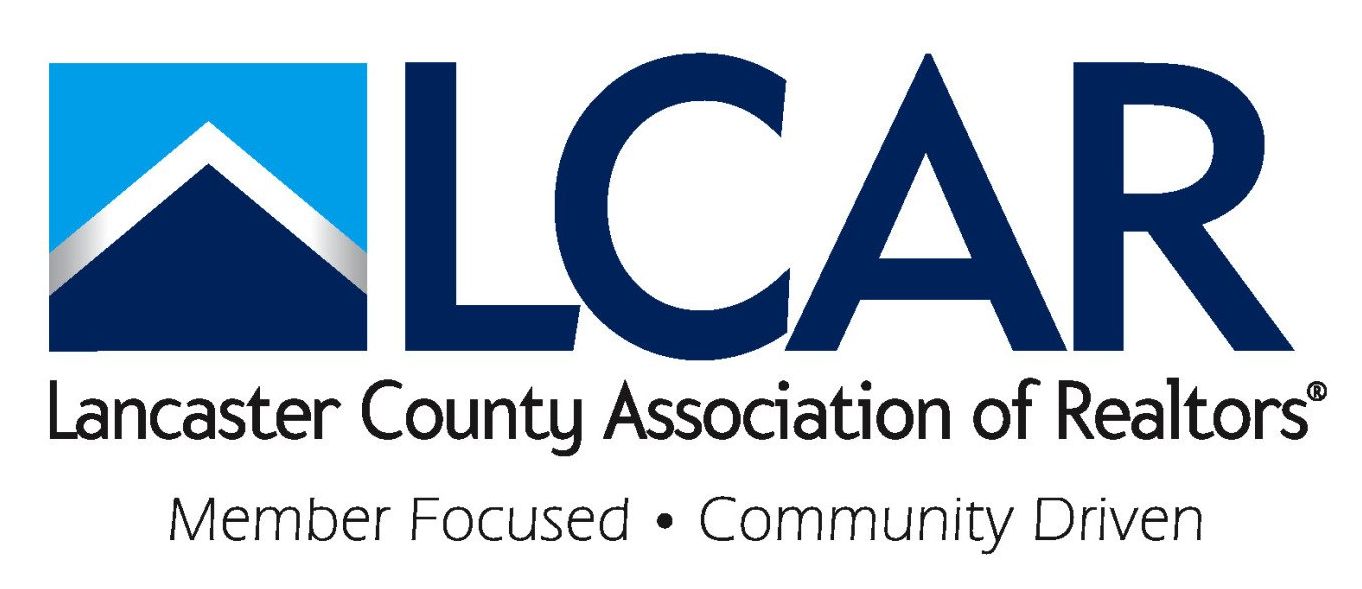Perpetual Adaption: The Local Mall

Lately there has been nationwide speculation about the future of brick-and-mortar retail, specifically and most notably in the form and function of the shopping mall. Long before the Covid shutdowns, the traditional enclosed shopping mall was perceived as experiencing a denouement. Americans had started to change the way they were purchasing goods, and the impacts were causing a shift, made even more noticeable when the country shut down and then opened back up again.
I decided to look at two local malls to see how and what they have done over the years to flex with the times in order to deal with and survive the waves of economic feast and famine. I was quite surprised to find that literally, since they were built, the steady stream of change has been ever present. From the very beginning the concept of indoor enclosed shopping promenades with their comfort and climate-controlled atmosphere was designed to be an experience rather than just a convenience. I was also intrigued to learn how these malls had affected their local area's infrastructure and development in ways impacting both residential and commercial components.
In the news lately, there have been endless stories of how malls across the US have been adapting. If you listen to the headlines, it sounds as if this has come about since the coinciding of the pandemic with internet shopping. This made sense to me as someone who does not practice the specialty of retail sales or leasing as pertains to commercial real estate. I am, however, an avid shopper. As a casual observer in this realm, I am a layman. I have been largely oblivious to that which is not part of my direct experience and was quite surprised to learn of the dedication to adaptive reuse immersed within the world of the mall.
As most of us can identify best with that which most closely affects us, I wanted to look a little deeper at two places that most of us can relate to as having been to first-hand in our own part of the world.
York Galleria Mall
To tell the story of the York Galleria, one must go back to the original York Mall. Built in 1968, the York Mall was located in the 2800 Block of East Market Street in York, PA. While big cities did have enclosed shopping centers, the York Mall project was the first of its kind in our local region and was quite cutting edge. Prior to this, all shopping was done in the center city of downtown York in scattered stand-alone locations. The mall offered not only one-stop shopping but also an atmosphere of music, beauty, fun and entertainment. The three anchor stores were Hochschild Kohn, JC Penney and Montgomery Ward and they were connected by enclosed hallways filled with smaller stores. The mall had multiple floors, 4 fountains, a large buffet restaurant, an 820-seat movie theater and 4,200 parking spaces. Outparcels for ancillary uses held a grocery store and automotive services, which surrounded the main mall. There was even a branch of the US Post office along with a pharmacy and multiple banks.
1975 brought the first changes. Anchor tenant Hochschild Kohn left and Bon-Ton went into its place. The movie theater was split into two smaller theaters and fast food started to appear. Over the next decade, in-line stores came and went but the finishes and condition started to deteriorate as throngs of people tend to have a detrimental effect on a building's surfaces, structures and decor unless they are periodically replaced and meticulously maintained.
In 1987, not far away, a new and improved mall was being built that had a better location just off US Route 30. The anchor stores of the York Mall JC Penney and Bon Ton jumped ship and signed on to the coming York Galleria Mall. In 1990, the end of the York Mall came in the form of a new to the area retail entity called Sam's Club. With it came its cohort, Walmart which initially took the vacant JC Penney space. This too was cutting-edge as it was Walmart's first move north of the Mason Dixon line. Before long, the York Mall was demolished and the largest (for a brief time) Walmart Superstore was erected. Today it is still there, along with Sam's Club, Burlington and the neighborhood commerical outparcels, but no sign of the original enclosed York Mall exists.
The York Galleria opened in 1988. The anchor stores were JCPenney, Sears, Boscov's and Bon-Ton. Its finishes were modern for the time, finished in soft pastel colors in durable materials like white ceramic tile, quite feminine in design with glittery chandeliers, skylights, escalators and glass elevators on two light-filled floors. A large food court with all of the most popular fast food providers was placed central on the second floor between the anchors and there was one sit down restaurant a TGI Fridays inside the mall. In 1998, the western retail outparcels were built with Kohl's Department Store moving in first with Target and Michael's Craft Store opening in 1999. In the ensuing years, outparcel restaurants filled in the Eastern areas with sit-down dining options. The first major sign of economic based systemic change came in 2015 when JCPenney announced it would be closing. That anchor spot was completely remodeled into two uses, a Gold's Gym in 2017 and Marshall's Department Store, which opened in 2018. In 2019, serious problems resulted in greater transformation when both Sears and Bon-Ton closed, and adaptive reuse took hold. A fully climate controlled mini self-storage facility took over the former Bon-Ton and Hollywood Casino opened in August 2021 in the Sears spot after many years of delays. 42 stores (including restaurants) were listed as 'Open for Business' at the York Galleria property following the Covid shutdowns. More changes are coming to the Galleria in a valiant attempt to save the 35-year-old mall as it continues to adapt.
The surrounding municipalities around York, PA saw a proliferation of other retail and shopping center locations open and close over the years after the grand opening of the York Mall. Some of those have succeeded through adaptation, complete reinvention and retrofit, and others have failed. The York Mall started the ball rolling and was a catalyst for the expansion and bloom outward from the center city to the suburbs in every direction. Subsequent retail development along with the warehouses and distribution centers created the need for the increased network of roadways, bridges and infrastructure to support them. Eventually it all filled in with people in the forms of residential housing and commerical uses like offices, business centers and neighborhood services. These changes, along with other coinciding factors, all evolved together to create the landscape that we see today.
Park City Mall
Construction started on Park City Mall, which was also known early on as the 'Mall of the Four Seasons', in 1969 on a field located close to basically nothing but US Route 30 two miles outside of Lancaster City, PA. The parcel totaled 134 acres. It opened in stages with the anchors each opening separately but the official grand opening year was 1971 with 1.4 million leasable square feet and 7,000 parking spaces.
Four anchor department stores, with the first opening being JC Penney occupying two stories totaling 261,900 square feet in July of 1970. Watt and Shand followed on two levels with 143,000 square feet in September along with Gimbals, which had 180,000 square feet. Sears, the 4th anchor opened after dedication in 1972 in a two level 167,000 square foot space. One Hundred stores filled the hallways in between the anchor stores. The configuration and floorplan design of park City Mall was quite unique. The structure was designed and built around a huge octagonal center court featuring a giant fountain and overhead bronze sculpture of wildlife created by a local Lancaster artist. Four main hallways started at the Center Court and led outward to the anchor stores as if they were rays of the sun. These were all finished and decorated differently in themes for the seasons of the year winter, spring, summer, and fall. Four other smaller/shorter hallways also came off this center court. Parking was all around the mall, 360 degrees. Shoppers could enter and exit from every one of the 8 halls and at all of the anchor stores and at other areas as well adding to the convenience and ease of access. Initially the entire mall was carpeted and faux plants and seasonally specific color palates decorated the individually themed hallways. Closed circuit TV kiosks dotted the halls where shoppers could experience modern advertising rarely seen before. Space below the main floor housed a myriad of entertainment options like a kiddie ride area, mini golf and skating rink, which morphed into other uses over time.
The first of countless renovations started in the early 1980's when the carpets were removed and replaced with resilient flooring and cosmetic upgrades followed. Skylights were added which made a remarkable difference. Center Court changed dramatically over the years. The main center fountain was covered over in 1985, used as a stage, and then fully removed. Changes were made to the center court ceilings, which were eventually raised and opened to the air, over which a tent-like peaked covering was installed. In 1985, the 16 bay Food Court was added in the lower level, accessed by the JC Penney Mall, creating a new concept in dining. The lower level renovation added another anchor and Clover joined the mall (which later became Kohl's) at 85,000 square feet on one story, reportedly at a cost of $7 million dollars. In 1986, Gimbels closed and became Pomeroy's Department Store (briefly in 1987) and then became Boscov's in 1988. The Watt and Shand anchor store closed and Bon Ton arrived in 1992. In 1997, yet another remodel added a full-size 22-seat carousel at center court (which was removed in 2004). 2007 through 2008 saw an extensive renovation/addition of the Fountain Shops fac;ade and collection of 10 shops in a newly conceived 'lifestyle format' which added back a fountain to the mall and increased leasable square footage at a cost of (reportedly) $13 million dollars. Construction took 18 months. At completion of that project, the mall stood at 1,443,000 square feet and had 170 stores.
There were always many other things to do at the mall, aside from shopping. Over the years, a movie theater, ice and roller-skating rinks, a mini golf course, a fitness center, bumper cars, a public TV station, a farmers and a flea market, beauty contests, fashion shows, charity events, crafters markets, circuses, hockey games, car shows, art displays, fitness clubs, health fairs, community events and fundraisers and even a vaccination center have all been features of Park City. Generations of Lancastrians have experienced the holidays at the mall, visited with Santa and the Easter Bunny as well prepared for back to school and had their first jobs while senior citizens walk together and meet at the mall to stay active and social. Outparcels with additional stores, restaurants, banks and auto service dot the landscape.
In April 2018, Bon -Ton announced it would close and in December of that same year Sears announced the same. In 2019 the mall announced plans to demolish the Bon-Ton and embark on another extensive renovation focused on dining with enhanced greenspace experiences and more parking, but that went on-hold as the pandemic shutdowns affected everything. In 2020, the former Sears store was partially converted to Round1, which is an entertainment facility with bowling, an arcade and a kid-zone area.
In 2023, the mall ownership has said that they may not raze the Bon-Ton, but instead keep it for adaptive reuse. The owners have recently applied to subdivide the property with an eye toward the future, seeking flexibility where instability remains.
Shopping in Lancaster originally meant that all county residents had to go downtown or rely on their local hardware stores or individual town and borough shops. Park City changed that, and eventually many large retail complexes (but not enclosed malls) were built in the 1980's such as Lancaster Outlet City on Lincoln Highway in 1982 (now Tanger Outlets) and Rockvale in 1986 which is now being completely envisioned with a heavy residential component. Transition is as evident here in our local market as it is nationwide.
Lancaster at US Route 30 and Harrisburg Pike looks remarkably different 52 years after Park City Mall first opened. Since then, the development of literally everything in Lancaster has come well out to the farmlands. Park City no longer sits alone out on the far side of the highway. Early on, development came around the new mall. Aside from the outparcels, apartments were built to coincide with the opening in 1969. A United States Postal hub was built nearby on Harrisburg Pike in 1979, increasing traffic flow to the area but actual major commercial growth happened slowly. The LGH Health Campus was built in 1994 and has since grown with numerous medically related buildings and ancillary services like a pharmacy and an urgent care center. In 2000, a new maternal hospital was built by Lancaster General and in 2013 a state of the art cancer clinic. A hospice center was also built nearby. Several retirement home lifestyle complexes have been developed, along with residential neighborhoods and the ever-increasing retail and neighborhood commercial uses. The Crossings Shopping Center project was first conceived in 2006 but not completed until 2017. When fully realized, the center encompasses 90 acres of shopping, entertainment and residential rental living with full amenities. The roadways and streets throughout the area have been widened, upgraded, improved, replaced, redesigned, rebuilt and continually need to be maintained with the increased density.
While survival of the traditional mall, as it was originally conceived and brought to life, is highly unlikely, the most nimble and creative retail operators will continue to flourish with a continued finger on the pulse of what the public both need and want. It could be argued that retail in the form of the mall played a huge role in shaping our local communities just as much as the titans of industrial manufacturing did after WWII. For better or for worse, the history of our local malls could give a person who just loves a good shopping trip pause to consider the long-term implications, or maybe to have a whole new respect for the geniuses that conceived of the initial concept in the first place.
Facts, opinions and information expressed in the Blog represent the work of the author and are believed to be accurate, but are not guaranteed. The Lancaster County Association of Realtors is not liable for any potential errors, omissions or outdated information. If errors are noted within a post, please notify the Association. Posts represent the author's opinion and are not necessarily the opinion of the Association.













